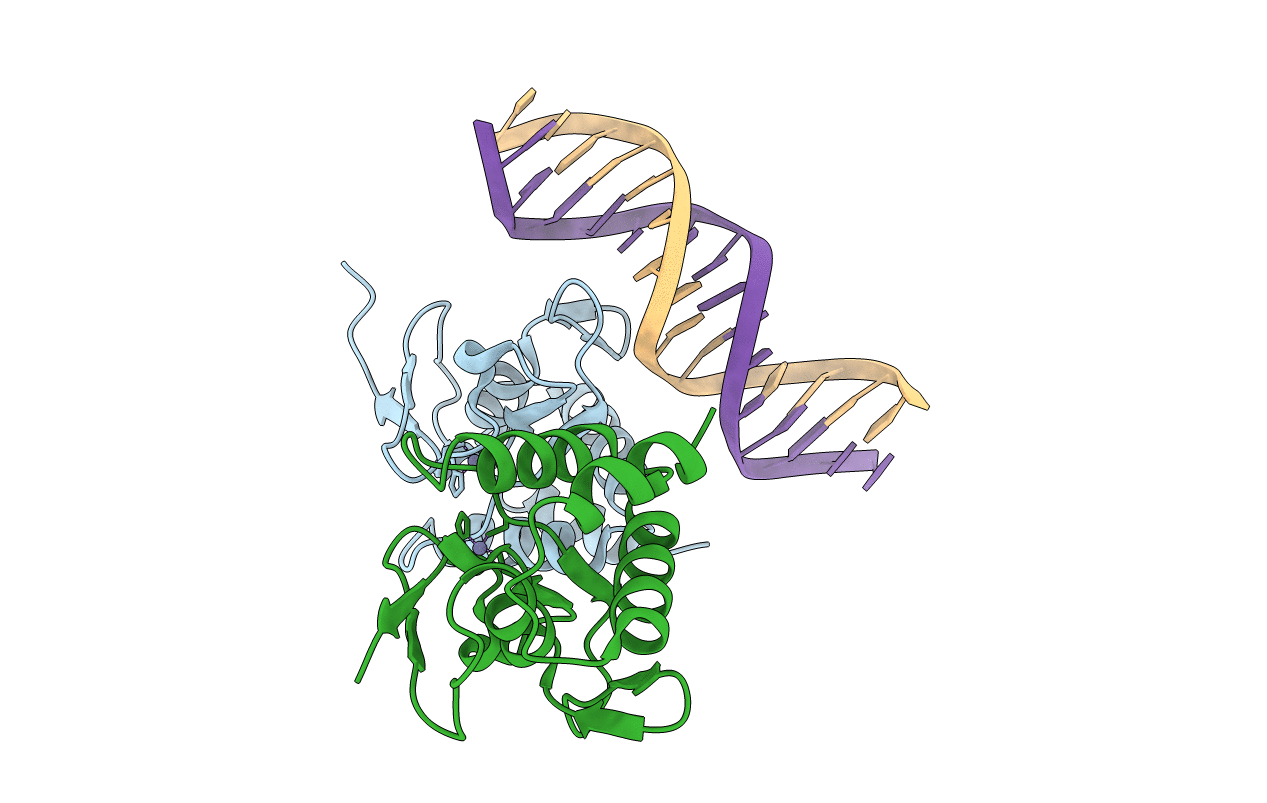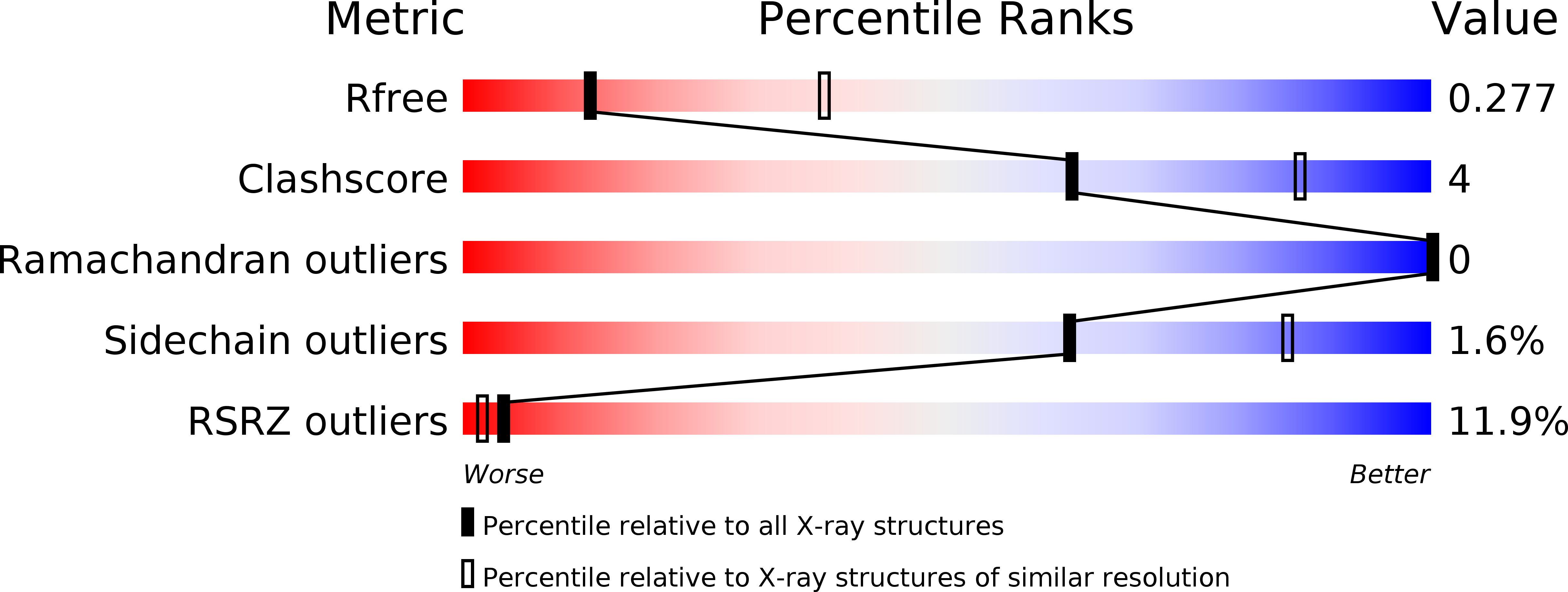
Deposition Date
2016-11-16
Release Date
2017-11-15
Last Version Date
2024-01-17
Method Details:
Experimental Method:
Resolution:
2.98 Å
R-Value Free:
0.25
R-Value Work:
0.21
R-Value Observed:
0.21
Space Group:
P 21 21 21


